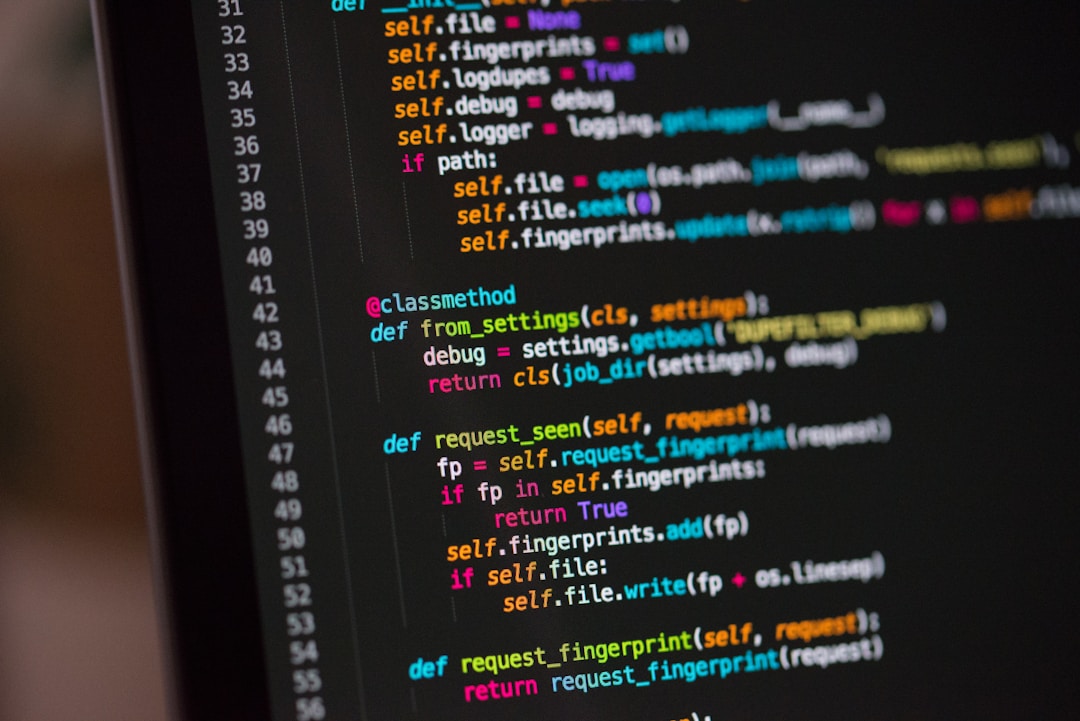Have you ever been amazed at how certain applications operate just like the human brain? That’s thanks to the remarkable capabilities of deep learning and machine learning, acting as neurons do in the brain. This creates algorithms that offer up models for predictions from the moment that data is input to the output produced for proper analysis. Let’s take a deeper look into what deep learning has to offer for organizations of any size and the inner workings of these platforms.
Neural Networks

To better grasp deep learning and machine learning, we must first answer the question, what is a neural network? An artificial neural network, or ANN, is a computing system inspired by the biological neural network that makes up the human brain. At their most basic form, these platforms operate with three layers of neurons where information flows from one to the next. The input layer is the entry data point, followed by the hidden layer where information gets processed, and the output layer where the system decides how to proceed based on the data.
More complex neural networks will have multiple layers that function via a collection of nodes, just like artificial neurons. These nodes loosely model the network in an animal brain. An artificial neuron receives a signal in the form of a stimulus, processes it, and signals other neurons connected to it. This stimulus arrives in the form of a signal that is a real number. From there, the output of each neuron is computed by a nonlinear function of the sum of its inputs. These connections are called edges. Both neurons and edge carry weight, with a parameter adjusting and changing as deep learning proceeds.
Understanding Deep Learning

Deep learning is a term often interchangeable with neural networks. They are distinct from one another but are closely connected as one depends on the other to function. Deep learning forms the cutting edge of artificial intelligence or AI. It does, however, differ from machine learning, which is designed to teach computers to process and learn from data. It allows computers to continually train themselves to process data, learn from it, and build. The multiple layers of more complex artificial neural networks are what make this possible.
A deep learning system teaches itself and becomes more knowledgeable as it goes along. Through complex neural networks, these capabilities filter information through multiple hidden layers in a manner similar to the human brain. This is all the result of discoveries made by Warren McCulloch and Walter Pitts using math and algorithms to create a computing system in 1943. Small advancements have been made for deep learning over the decades. The biggest evolution came in 1999 when computer processing speed and graphic processing units were developed, improving efficiency dramatically.
Deep Learning Applications

Deep learning has arrived in more sectors of industry than you may have even realized. In the medical research field, it’s become a critical part of patient care. Deep learning is used to detect the presence of cancer cells automatically, with the help of an advanced microscope that uses high-end data to identify these lethal cells with precision. This has been crucial in neuroscience, key in finding different ways to treat ailments and conditions with greater immediacy.
In the industrial field, deep learning is improving worker safety by detecting segments that come within an unsafe radius of switches and heavy machinery. This also helps in customer service by driving chatbots and service bots for a deep network that understands statistics and queries in real-time. These deep learning algorithms are able to place the contents of an image in context through visual patterns and even facial recognition. This software enables check-in procedures with immediate image recognition, allowing for safer operations.





